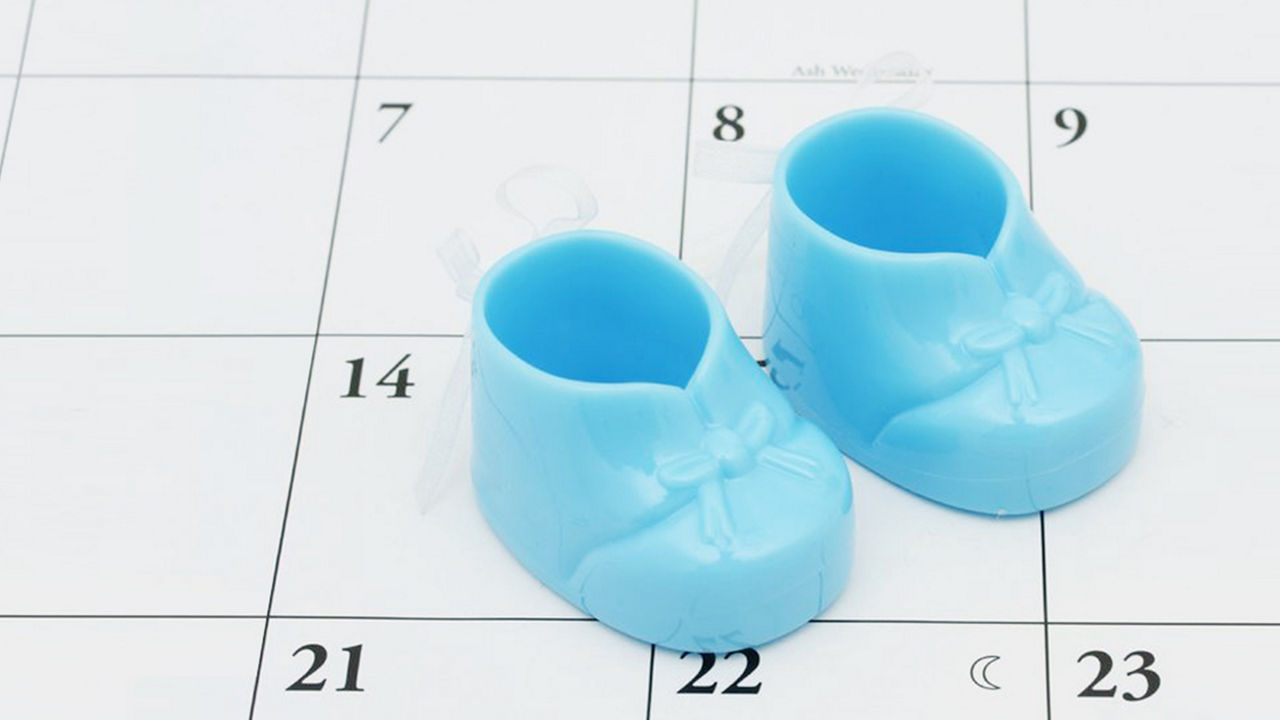Breastmilk is the best for babies. The World Health Organisation recommends exclusive breastfeeding for the first six months of life. Unnecessary introduction of bottle feeding or other food and drinks will have a negative impact on breastfeeding. After six months of age, infants should receive age-appropriate foods while breastfeeding continues for up to two years of age or beyond. Consult your doctor before deciding to use infant formula or if you have difficulty breastfeeding.
- Week 1
- Week 2
- Week 3
- Week 4
- Week 5
- Week 6
- Week 7
- Week 8
- Week 9
- Week 10
- Week 11
- Week 12
- Week 13
- Week 14
- Week 15
- Week 16
- Week 17
- Week 18
- Week 19
- Week 20
- Week 21
- Week 22
- Week 23
- Week 24
- Week 25
- Week 26
- Week 27
- Week 28
- Week 29
- Week 30
- Week 31
- Week 32
- Week 33
- Week 34
- Week 35
- Week 36
- Week 37
- Week 38
- Week 39
- Week 40
When should you start to prepare for the birth? Which is the right hospital? What must be in the hospital bag? You can be ready for the big day with the following information and check lists.
Do not leave questions about your birth unanswered. The more prepared you are before birth, the more relaxed you will be towards the special day. What really matters is the focus on the joy of the arrival of your baby.
Do I need a childbirth class?
What are the contents of the basic course?
- Natal exercises
- Special breathing techniques
- Massage your partner for birth
- Body experience
- Pregnancy outcome
- Baby Handling and baby care
- The birth process
- Preparation for special cases such as for birth Caesarean
Some expectant parents attend antenatal classes due to the current trends. Others would say otherwise that there is no need to attend one. That’s true; of course, let nature takes its course. However, attending a good basic birth course would allow you to go through your birth calmly and not dread, or stay in fear and stress when the big day comes.
You can choose between a range of special course such as yoga, belly dancing, acupuncture, autogenic training, qigong or hypno-therapy, depending on your personal preferences in addition to the basic antenatal class. However, these special courses cannot replace a normal childbirth class.
How do I want to bring the baby into the world?
Breech birth
One speaks of a breech birth when the baby’s head does not turn to the correct position in the womb before birth and must therefore be delivered by Caesarean section. However, the statistics show that almost 95 percent of all babes will be positioned correctly, with their head coming out first.
There are two ways that you can bring your baby to the world. This is your personal decision. We list the most common birth methods below. If you are unsure, you may want to consult your doctor for their valuable advice. Your questions will all be answered from the information offered by hospitals and birth centres.
Most young mothers would opt for natural birth or the so-called spontaneous delivery. This process is proceed without any medicine given for the induction of labour, without any aids used for obstetric operations such as forceps, ventouse (vacuum extractor) or by caesarean. Of course, epidurals are given during natural birth to block the pain from emerging from the spinal cord and nerve roots.
But more and more women prefer caesarean to natural childbirth. The reason being is often the fear of not being up to the rigors of childbirth. Caesarean is performed under general anaesthesia or Patent ductus arteriosus (PDA), through the cross-section of the lower abdominal. The child is then taken out of the uterus. A caesarean section is usually performed when the child is in breech position for medical reasons.
The entire water birthing process takes places in the birthing pool. A water birth is possible if the baby is not in breech position; his heart rate is regular, when the 37th week of pregnancy is completed without any complications. Many pregnant women feel that the contractions during water birth are more bearable.
Join our AptaAdvantage Club today to enjoy:
- Educational content to support you on your motherhood journey
- Various complimentary classes and exclusive discounts with our key enrichment partners
Kickstart your AptaAdvantage experience by signing up HERE.
Related articles

Connect with our team of experts
We provide advice and support for you on your parenthood journey




